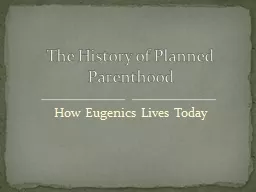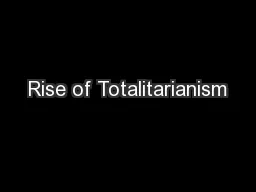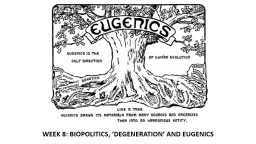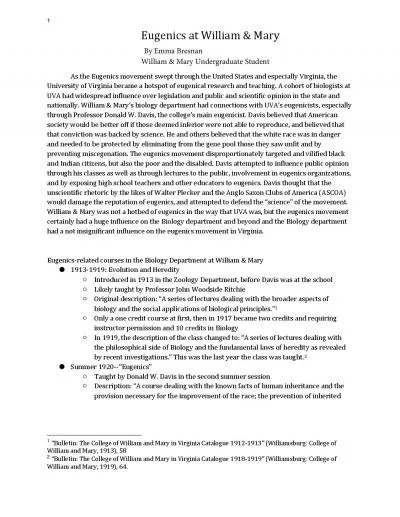PPT-Doctoring the Nation: The Rise and Fall of Eugenics
Author : myesha-ticknor | Published Date : 2017-04-13
Kill or Cure AimsStructure of Lecture 1 Introduce eugenics as a prime example of doctoring the nation between the 1880s and 1940s 2 Demonstrate that this went beyond
Presentation Embed Code
Download Presentation
Download Presentation The PPT/PDF document "Doctoring the Nation: The Rise and Fall ..." is the property of its rightful owner. Permission is granted to download and print the materials on this website for personal, non-commercial use only, and to display it on your personal computer provided you do not modify the materials and that you retain all copyright notices contained in the materials. By downloading content from our website, you accept the terms of this agreement.
Doctoring the Nation: The Rise and Fall of Eugenics: Transcript
Download Rules Of Document
"Doctoring the Nation: The Rise and Fall of Eugenics"The content belongs to its owner. You may download and print it for personal use, without modification, and keep all copyright notices. By downloading, you agree to these terms.
Related Documents














